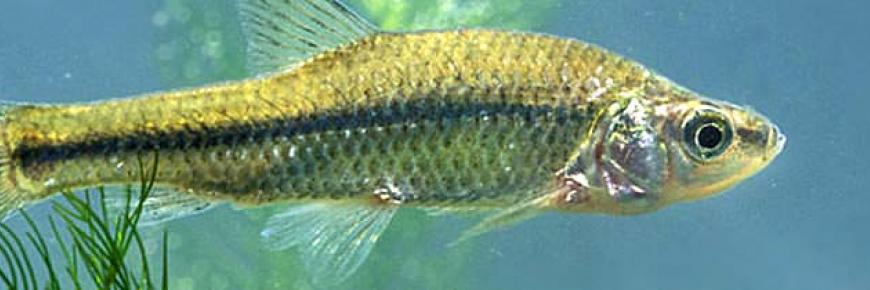RINSE Closing Conference
 The RINSE project came to an end in September 2014 after 3 years of working towards better management of invasive non-native species (INS) across the Two Seas Programme area. RINSE sought to improve awareness of the threats posed by INS and the methods used to address them. INS cause environmental and economic disruption by outcompeting native species, acting as vectors for disease, impacting gene pools or by directly predating and grazing on species with no defences against the new threat. This conference presented a unique opportunity to hear international experts on INS management discuss results, highlight key achievements and outline successful project outputs. Over 100 international delegates arrived in Norwich to hear 15 presentations from a wide range of specialists representing research institutes, policy and decision makers, managers, charities, non-governmental organisations, businesses and consultancies, available to view here. Topics ranged from identifying emerging INS, targeting the worst INS, cutting edge control technology, how to increase INS awareness, where to store INS data and how to improve training and perspectives on collaborative management and future challenges. Delegates were engaged in INS 'hot topics', which revealed the top 5 species of most concern to be Himalayan balsam, American mink, invasive geese species, muntjac deer and American crayfish. Interestingly, marine species were ranked within the top 10, which is very relevant for SEFINS, a cluster poject building on RINSE and targeting invasive species in estuaries. Delegate feedback reviewed the RINSE Closing Conference as "thought provoking" with "content exceeding expectations".
The RINSE project came to an end in September 2014 after 3 years of working towards better management of invasive non-native species (INS) across the Two Seas Programme area. RINSE sought to improve awareness of the threats posed by INS and the methods used to address them. INS cause environmental and economic disruption by outcompeting native species, acting as vectors for disease, impacting gene pools or by directly predating and grazing on species with no defences against the new threat. This conference presented a unique opportunity to hear international experts on INS management discuss results, highlight key achievements and outline successful project outputs. Over 100 international delegates arrived in Norwich to hear 15 presentations from a wide range of specialists representing research institutes, policy and decision makers, managers, charities, non-governmental organisations, businesses and consultancies, available to view here. Topics ranged from identifying emerging INS, targeting the worst INS, cutting edge control technology, how to increase INS awareness, where to store INS data and how to improve training and perspectives on collaborative management and future challenges. Delegates were engaged in INS 'hot topics', which revealed the top 5 species of most concern to be Himalayan balsam, American mink, invasive geese species, muntjac deer and American crayfish. Interestingly, marine species were ranked within the top 10, which is very relevant for SEFINS, a cluster poject building on RINSE and targeting invasive species in estuaries. Delegate feedback reviewed the RINSE Closing Conference as "thought provoking" with "content exceeding expectations".

